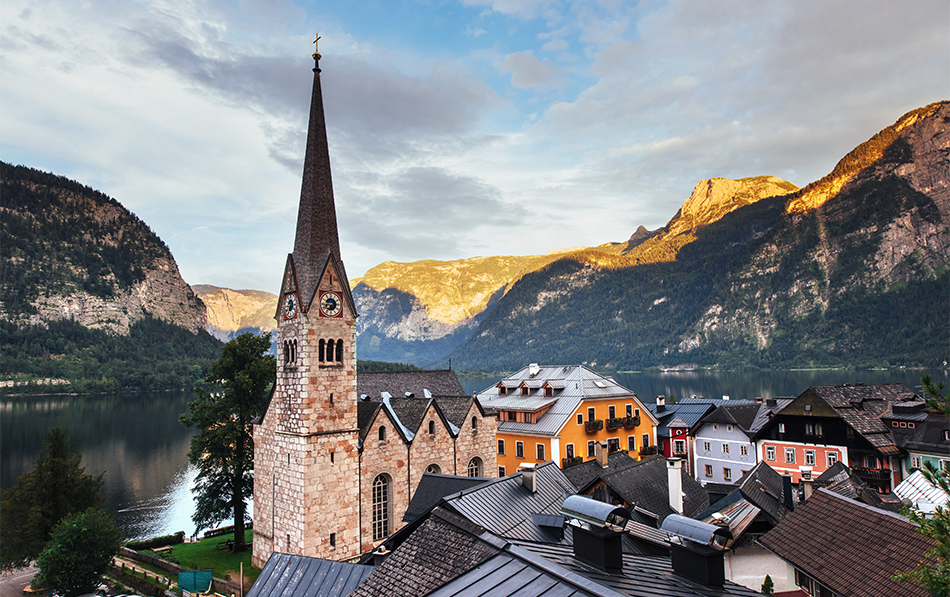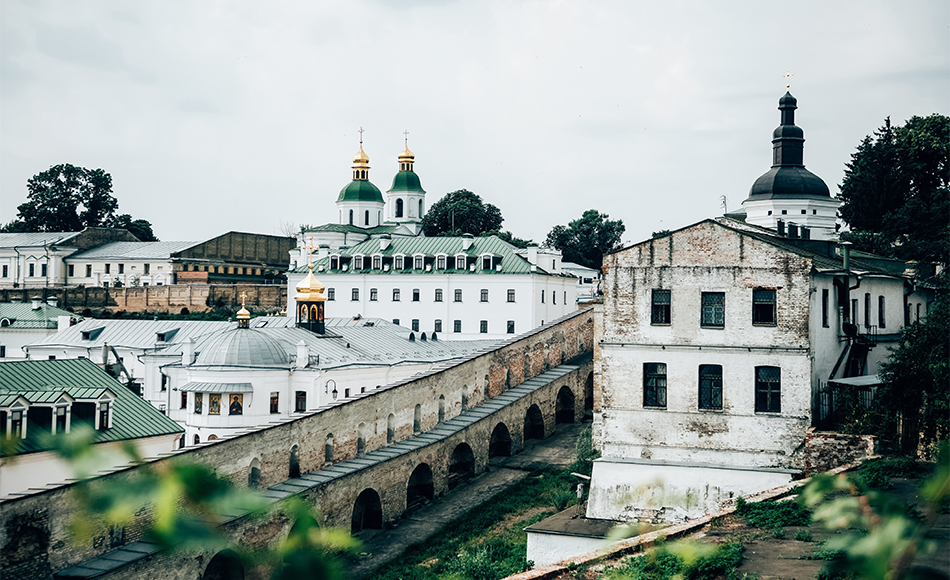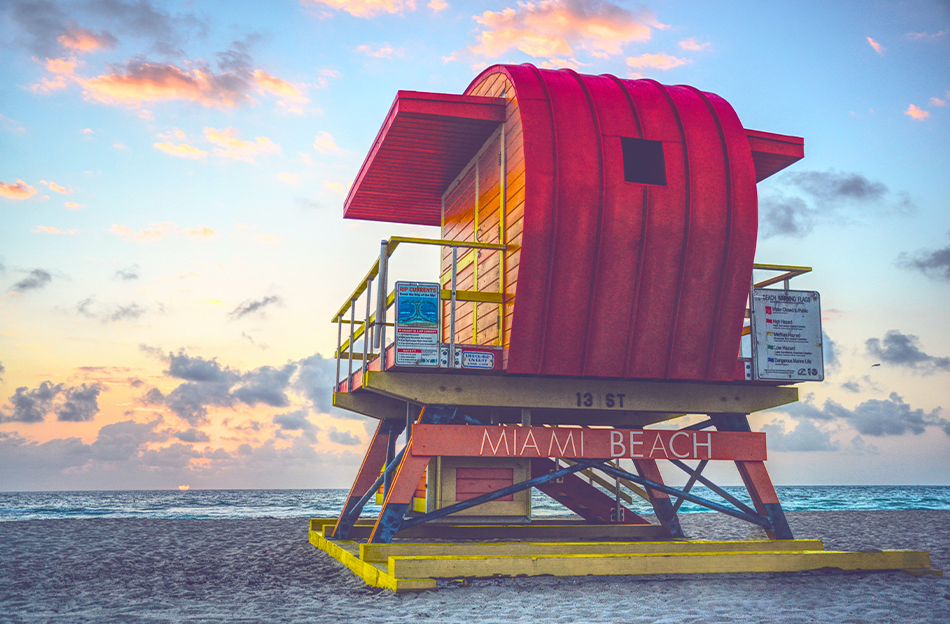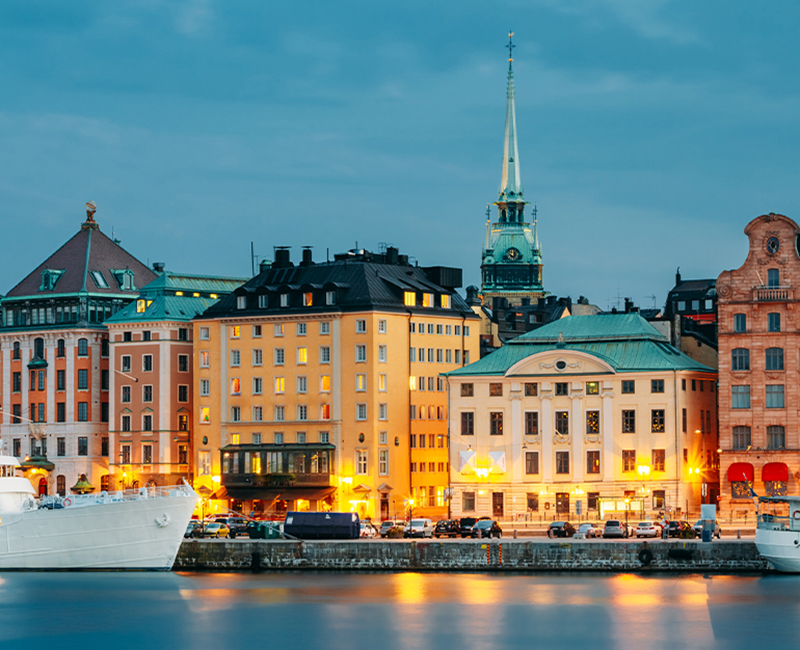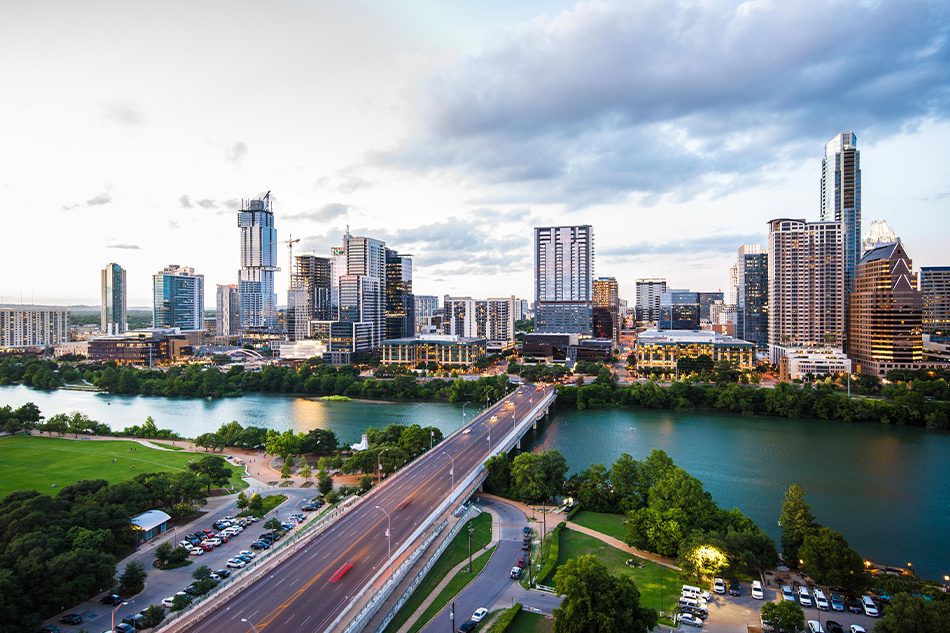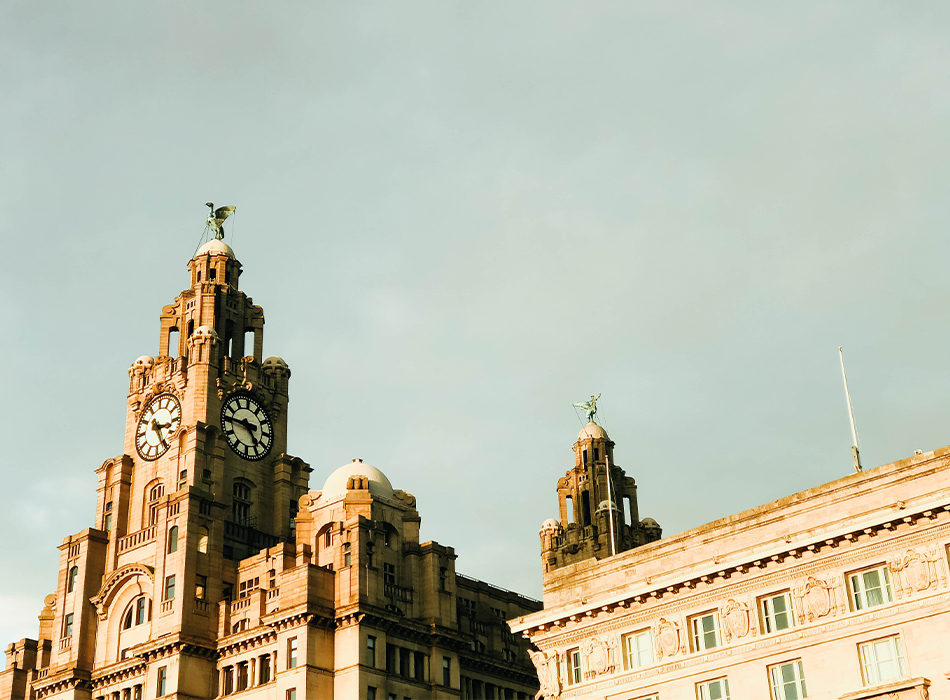
14 Best Places to Visit in Liverpool
When you think of Liverpool, you immediately think of The Beatles and Liverpool Football Club, as well as their famous Anfield stadium. There's also that distinct Scouse accent.
Liverpool is now a major trading center, a university town, and a financial center. The city also has many beautiful historic buildings, gardens, parks, museums, and recreational facilities.
Read our list of the most popular tourist attractions in Liverpool to learn why this vibrant city is one of England's best places to visit.
1. Liverpool Cathedral
Although services were held here in the 1920s, the Anglican Liverpool Cathedral on St. James's Mount was consecrated in 1978. This massive structure, also known as the Cathedral Church of Christ in Liverpool, was built of red sandstone and was designed by the same architect who created the country's iconic red telephone boxes.
A 330-foot-tall tower atop its copper roof houses a carillon with 2,500 bells, the most giant weighing four tons. The cathedral's 9,704-pipe Willis organ is one of the world's largest.
2. The Beatles
Liverpool is well-known for being the birthplace of The Beatles. Various tours allow fans to walk in their footsteps, visiting famous locations like Penny Lane and Strawberry Fields. The Beatles Story in Albert Dock and the rebuilt Cavern Club, where they debuted in 1961, are usually included on tours.
Other Beatles-related attractions include the Cavern Walks, The Beatles Shop, and McCartney's former home at 20 Forthlin Road. Many of the band's early songs were written and rehearsed here, and the property is now open to the public and features Beatles memorabilia and photos.
Fans will also be interested in John Lennon's childhood home at 251 Menlove Avenue and the Casbah Coffee Club in West Derby.
3. Museum of Liverpool
The Museum of Liverpool, which opened in 2011, uses displays related to the port and its people to celebrate the city's unique geography, history, and culture. Period costumes and decorative art, as well as objects representing the city's social and urban history, are among the collections, including oral histories, archaeological material, and photographs.
The museum also houses the famous Lion steam engine, built-in 1838 and featured in The Titfield Thunderbolt.
While you're at it, don't miss the World Museum, which has a fascinating account of how humans have impacted the world we live in.
4. St. George's Hall
Corinthian columns and statues adorn the façade of St. George's Hall on Brown Street. Its lavishly decorated Great Hall, which houses one of its largest organs, is frequently used for concerts. The magnificent St. John's Gardens, located to the rear of the building, feature statues of prominent Liverpudlians.
The nearby Polytechnic Building is part of an impressive collection of neo-Greek structures that includes the William Brown Library, the Picton Reading Rooms, and the Hornby Library. The unique Bluecoat Chambers, the city center's oldest building, was built in 1717 as a charitable school.
5. Royal Albert Dock
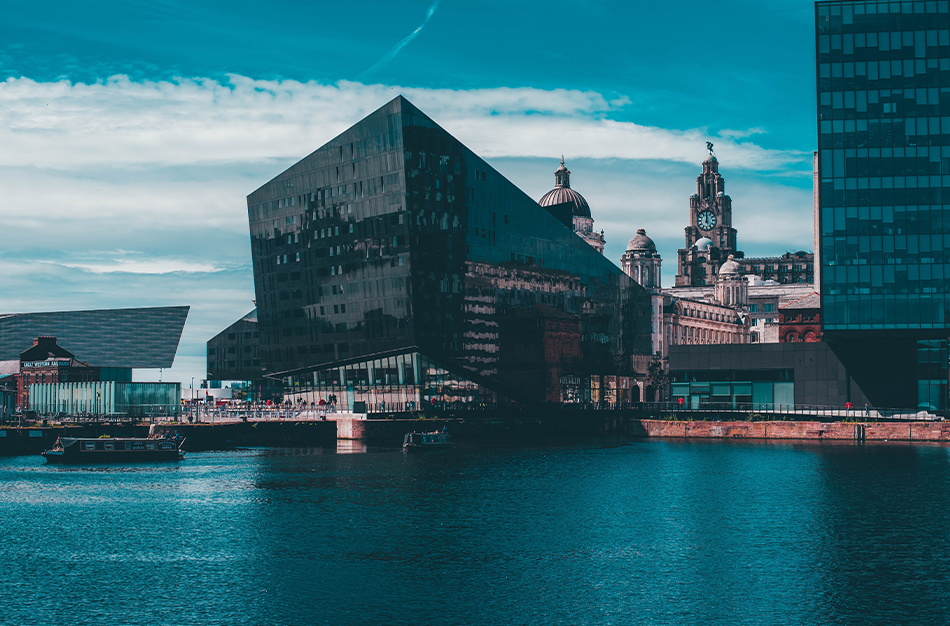
The magnificently restored Royal Albert Dock was the first in the United Kingdom, constructed entirely of bricks and iron. At its heart is a five-story-tall block of buildings that surrounds the harbor basin where cotton, tobacco, and sugar were once unloaded.
These beautifully restored warehouses now house luxury apartments, designer boutiques, restaurants, cafés, and museums.
The Beatles Story, the International Slavery Museum, and the Border Force National Museum are among the top tourist attractions at Royal Albert Dock.
6. Tate Liverpool
Tate Liverpool, an acclaimed branch of the Tate Gallery, has opened in the Albert Dock. The London Tate Gallery, founded at the end of the nineteenth century with a legacy from sugar magnate Sir Henry Tate, happened to find space in the warehouses where raw sugar was stored before being refined.
On the ground floor of the "Tate of the North," there are exhibition halls and galleries dedicated to contemporary art, as well as works on loan from the London gallery.
7. Walker Art Gallery
The Walker Art Gallery houses an extensive collection of Italian, Flemish, and French Masters dating from the 14th century to today. Masterworks by Rubens, Rembrandt, and Rodin are among them. Its English painting and sculpture collection, especially from the 18th to the 20th centuries, is unparalleled outside of London and includes Gainsborough, Hogarth, and Moore.
The poignant farewell scene at Liverpool's Pier Head, as depicted by John J. Lee in Sweethearts and Wives, deserves special mention. The John and Peter Moore Exhibition, a significant display of contemporary British art, is held every other year.
8. Merseyside Maritime Museum
The Maritime Museum in Liverpool houses many fascinating exhibitions about the thousands of emigrants who left Britain for North America via the Mersey between 1830 and 1930. The museum also houses an impressive collection of artifacts related to Liverpool's maritime history, dating back to the city's founding as a fishing port in the 13th century.
Model ships, workshops, and historic vessels help to illustrate this rich history. Exhibits relating to the stories of the Titanic and the Lusitania, two of history's most famous and tragic passenger ships, are also fascinating.
9. Victoria Gallery and Museum
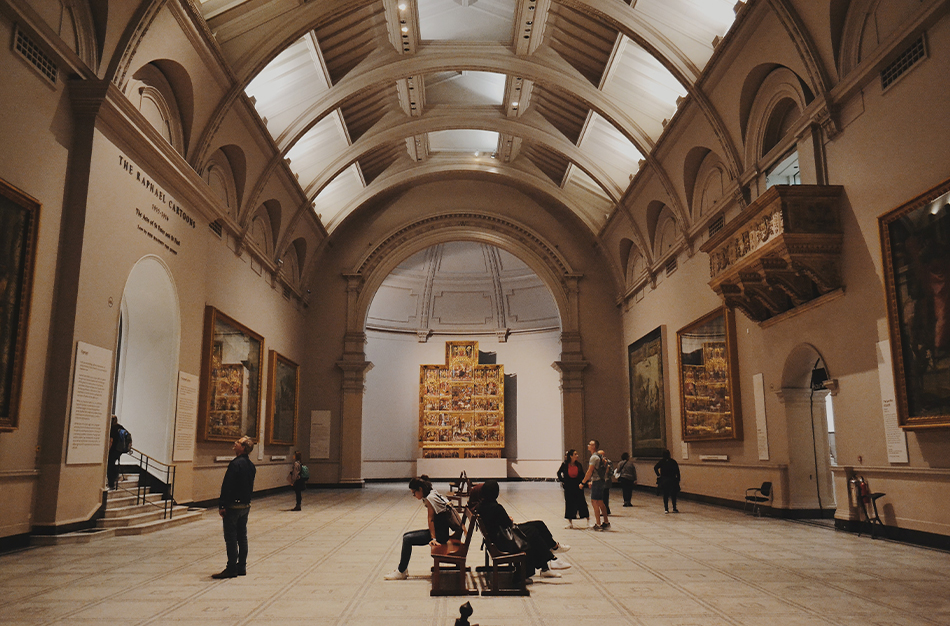
Art enthusiasts should also visit The Victoria Gallery and Museum. The museum, housed in a spectacular red-brick building at the University of Liverpool, houses extensive sculptures and ceramics and an impressive array of paintings by luminaries such as Lucian Freud.
10. Pier Head
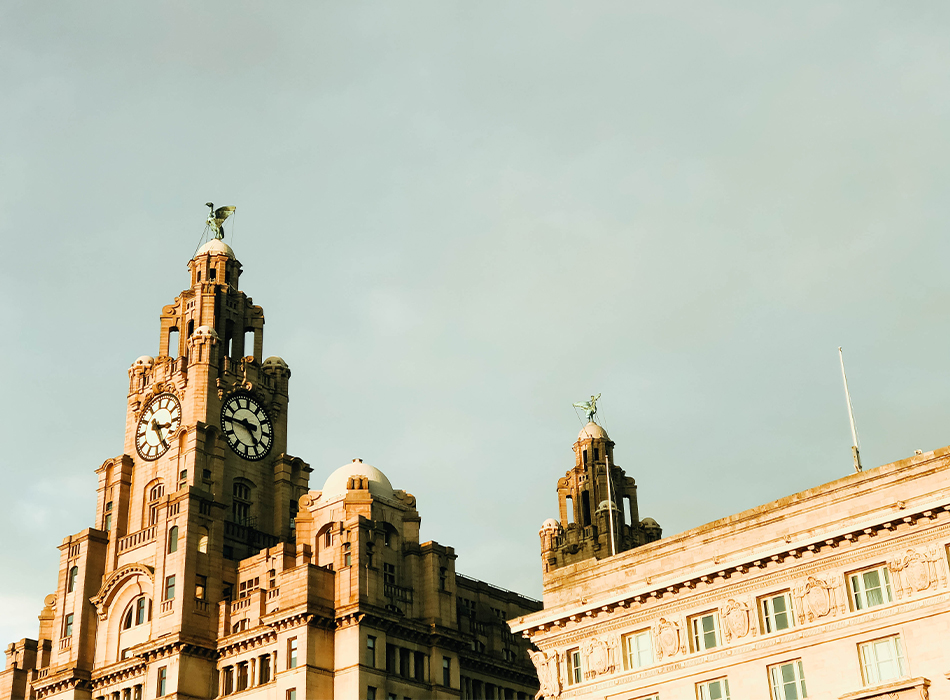
The traditional trio of harbor buildings known as the Three Graces can be found in Liverpool's Pier Head neighborhood: the Port of Liverpool Building, the Cunard Building, and the Royal Liver Building.
It's also the location of the Titanic Memorial, which honors the "Heroes in the Engine Room" of the luxury liner that sank in 1912. The Queen Victoria Monument, The Beatles Statue, and the Georgian Town Hall, built-in 1754, are also nearby. The Georgian Town Hall has a lovely copper dome crowned by a statue of Minerva.
11. Croxteth Hall
This beautiful Edwardian home on the outskirts of Liverpool is worth a visit. The opportunity to see endless rooms packed with furniture and character figures depicting both the affluent owners and their workers is one of the highlights of a visit to Croxteth Hall. Make sure to pose on the grand central staircase, frequently used as a backdrop for wedding photography.
It's also worth visiting the Country Park. An authentic functioning farm (kids adore the opportunity to contact the animals), a charming Victorian Walled Garden, and a 500-acre natural park with numerous lovely walking trails can all be found here.
12. Liverpool Metropolitan Cathedral
The construction of Liverpool Metropolitan Cathedral began in 1928, but it wasn't finished until 1967. A massive "tent" surrounds the cylindrical tower. It rises quickly from a 200-foot-diameter drum to a 270-foot-high funnel-shaped drum, giving the structure the appearance of a gigantic lantern rising above the city.
13. Birkenhead Park
Birkenhead is located on Mersey's west bank and is connected to Liverpool via tunnels and the excellent Mersey Ferry service.
Birkenhead Park, the first publicly funded park in the United Kingdom, opened in 1847 and featured three entrances with Gothic, Italianate, and Norman architecture, two lakes, and an ornate bridge.
The Williamson Art Gallery and Museum, with its first-rate collection of paintings and porcelain, as well as material on the town's history, is also worth a visit.
14. National Waterways Museum
The National Waterways Museum in Ellesmere Port is located on the Mersey and the Manchester Ship Canal banks. It features numerous indoor displays, boat trips, historic Victorian-era buildings, and, of course, the canal with its many beautiful locks.
The docks at Ellesmere Port, designed by Thomas Telford and directed by William Jessop, were still used in the 1950s. Visitors can explore their unique workings, docks and warehouses, a working forge, stables, and workers' cottages.

